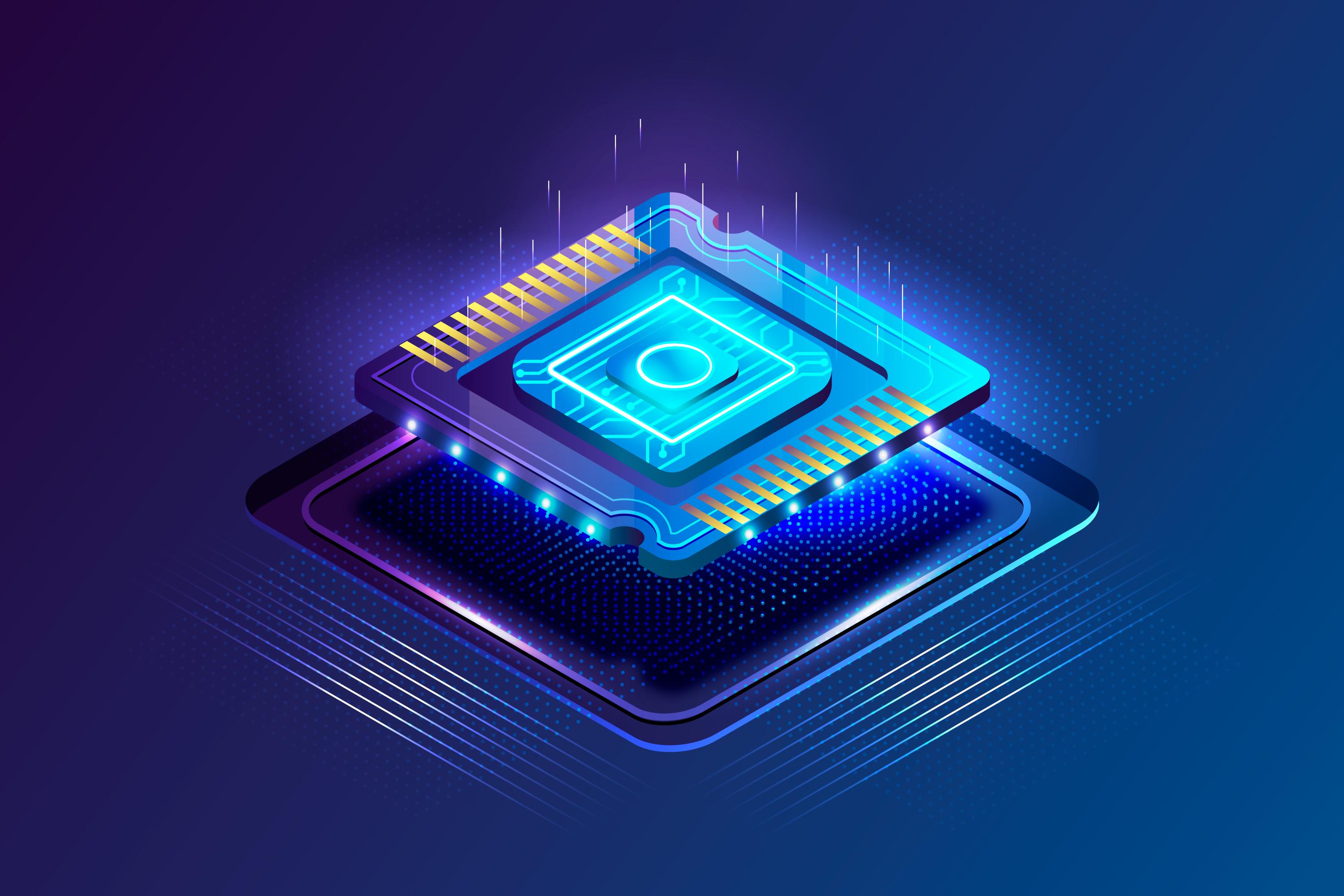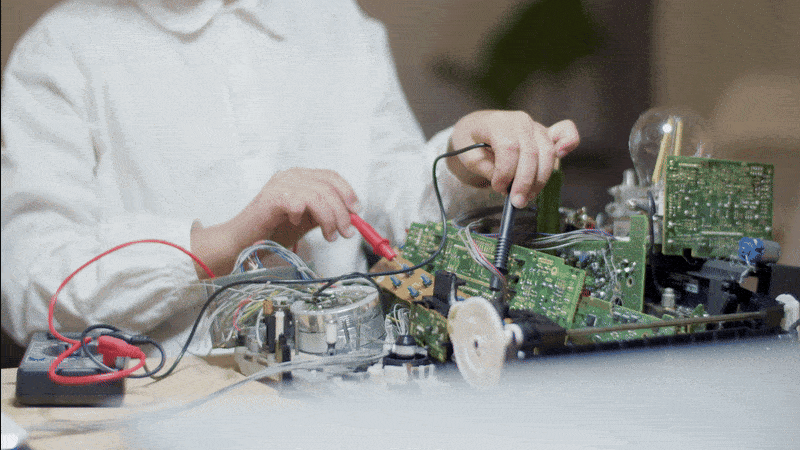In the ever-evolving semiconductor industry, the role of a physical design engineer is both crucial and highly specialized. Physical design engineers are responsible for transforming circuit designs into functional and manufacturable layouts, which involves a deep understanding of digital logic, integrated circuit (IC) design, and the application of complex Electronic Design Automation (EDA) tools. As the complexity of chips increases, physical design engineers are expected to be well-versed in the latest design methodologies, tools, and optimization techniques.
Given the rapid pace of technological advancements and the competitive nature of the field, Certifications for Physical Design Engineer Jobs have become increasingly important. These certifications not only validate the skills and knowledge of engineers but also demonstrate their commitment to staying up-to-date with industry best practices. In this blog, we will explore the Best Certifications for Physical Design Roles, outlining the certifications available, the skills they validate, and their impact on career growth for physical design engineers.
The Role of a Physical Design Engineer
Physical design engineering is a critical step in the semiconductor design flow. It takes the abstract netlist generated by digital design engineers and converts it into a physical layout of the chip. The physical design engineer works on tasks such as floor planning, placement, clock tree synthesis (CTS), routing, power optimization, timing analysis, and sign-off checks to ensure that the chip design is manufacturable and meets the required specifications.
Key Responsibilities of a Physical Design Engineer Include
Floor Planning
Organizing and placing blocks on the chip to optimize for area, power, and performance.
Placement: Ensuring that circuit elements are placed optimally in terms of timing, power, and space.
Clock Tree Synthesis (CTS)
Ensuring that the clock signals are distributed uniformly and efficiently across the chip.
Routing: Connecting all components on the chip while adhering to design rules and minimizing delays.
Timing Closure
Ensuring that the timing of all signals meets the required constraints
Physical Verification
Verifying that the physical design complies with manufacturing constraints and design rules.
Physical design engineers must also possess a thorough understanding of EDA tools, as these tools are integral to almost every stage of the design process. Without the right technical skills and certifications, physical design engineers may struggle to keep up with the industry’s ever-increasing demands.
The Importance of Certifications for Physical Design Engineers
Certifications in physical design engineering serve as a benchmark for employers, helping them identify professionals with the expertise necessary to meet the growing demands of the industry. In a competitive job market, engineers with recognized certifications often have an edge over candidates without them. Certifications provide several benefits, including:
Demonstrating Expertise
Certifications are a proof of your proficiency with industry-standard tools and technologies.
Career Advancement: Many companies prioritize certified professionals when promoting employees or hiring new ones.
Staying Updated
Certifications ensure that engineers are knowledgeable about the latest advancements and methodologies in physical design.
Increasing Employability
With the rapid pace of technological change, a certification can make a candidate stand out in a crowded job market.
Higher Earning Potential
Certified engineers are often seen as more valuable assets, which can translate into higher salary offers.
Best Certifications for Physical Design Roles
Cadence Certified Professional Program
Cadence Design Systems is one of the most widely used EDA tool providers in the semiconductor industry. Their Cadence Certified Professional Program focuses on validating a professional’s proficiency with Cadence’s design and verification tools. Physical design engineers often use Cadence tools like Innovus for place-and-route, Virtuoso for analog IC design, and Allegro for PCB design.
Cadence certifications are structured to cover various aspects of physical design, from the fundamentals to advanced techniques. Some of the key areas include:
- Place-and-Route: Techniques for optimizing the placement of components and routing of signals.
- Timing Analysis and Closure: Ensuring that the design meets timing constraints under various conditions.
- Power Analysis and Optimization: Reducing power consumption while maintaining performance.
- Design Rule Checking: Verifying that the design adheres to manufacturing rules.
Why it matters
The Cadence certification program validates your expertise with industry-leading tools, making it highly valuable for physical design engineers. It shows potential employers that you have the hands-on experience and technical skills required to work with Cadence tools.
Synopsys Certification Program
Synopsys is another major player in the field of EDA tools, offering a comprehensive certification program. Synopsys tools such as Design Compiler, IC Compiler II, PrimeTime, and Fusion Compiler are widely used in the physical design process, especially for synthesis, placement, routing, and timing closure.
The Synopsys Certification Program is known for its in-depth training and certification exams, which focus on specific Synopsys tools used in physical design:
Synthesis : Techniques for converting RTL designs into gate-level representations using Design Compiler.
Physical Design: Optimization of chip layout using IC Compiler II.
Timing and Power Analysis: Using PrimeTime to analyze timing and power consumption across designs.
Sign-off: Verifying that the design is manufacturable and meets all required specifications.
Why it matters
Many semiconductor companies use Synopsys tools, so having this certification enhances your employability and demonstrates a high level of technical competence in widely-used software.
Mentor Graphics Certification
Mentor Graphics, now part of Siemens EDA, is another key provider of EDA tools. Its suite of tools for physical design includes Calibre, a tool for physical verification, and PADS for PCB design. Mentor Graphics Certification focuses on validating skills with these tools and covers essential topics such as:
Physical Verification
Ensuring the design meets the required design rules and is manufacturable.
Design for Manufacturability (DFM): Techniques for improving the yield of chips by adhering to process constraints.
Advanced Layout Design
Optimizing layouts for performance and area while minimizing power consumption.
Why it matters: Physical verification is a critical aspect of the design process, ensuring that chips meet manufacturing requirements. As many semiconductor companies use Mentor Graphics tools, obtaining this certification is highly valuable for aspiring physical design engineers.
VLSI Training Institutes Certification Programs
Several specialized VLSI Training Institutes offer courses tailored to physical design engineers. These institutes provide comprehensive training in digital design, physical design flow, and the use of EDA tools. Programs are typically structured to teach both theoretical concepts and practical skills, with hands-on training on tools like Cadence, Synopsys, and Mentor Graphics.
VLSI training institutes offer certifications in
Physical Design Flow
Understanding the complete design cycle from RTL to GDSII (graphic design stream).
IC Layout Design
Training on layout techniques, rule checks, and optimization.
Timing Analysis
Ensuring designs meet critical timing constraints.
Verification and Sign-off
Using industry-standard tools to verify and sign off designs before fabrication.
Why it matters: VLSI training certifications provide engineers with practical, hands-on experience. These certifications are recognized by companies that value real-world skills and experience in physical design.
Digital Design and Verification Certifications
In addition to certifications focused on physical design, engineers can benefit from certifications in digital design and verification. These certifications focus on foundational topics like:
RTL Design
Writing Register Transfer Level code and understanding its role in digital design.
Verification Methodologies: Learning to use tools like SystemVerilog and UVM (Universal Verification Methodology) for verifying designs.
Simulation and Debugging
Identifying and resolving issues in digital designs through simulation.
Certifications from institutions like the IEEE or platforms such as Udacity and Coursera can offer deep insights into digital design and verification, which are essential for a complete understanding of the physical design process.
Why it matters
A strong foundation in digital design and verification is essential for physical design engineers who need to ensure that their layouts align with functional requirements and constraints.
Choosing the Right Certification for Your Career
When selecting the Best Certifications for Physical Design Roles, it's essential to consider your current skill level, career goals, and areas of interest. Factors to keep in mind include:
Relevance to Industry Tools
Certifications based on widely-used EDA tools like Cadence, Synopsys, and Mentor Graphics are typically the most valuable.
Career Path
Determine whether you want to specialize in layout design, physical verification, or power optimization, and choose certifications that align with those areas.
Training and Support
Look for certification programs that offer comprehensive training, resources, and practical labs to help you gain hands-on experience.
Employer Preferences
Research which certifications are most valued by employers in your region or desired job market.
Conclusion
As the semiconductor industry advances, the role of the physical design engineer becomes increasingly crucial. Physical Design Engineer Certifications are a valuable investment for career growth, demonstrating expertise and mastery of industry-standard tools and techniques. Certifications from leading EDA tool providers like Cadence, Synopsys, and Mentor Graphics, along with specialized training in areas like digital design and verification, can significantly enhance your employability and technical proficiency. By pursuing the right Certifications for Physical Design Engineer Jobs, you can stay competitive, boost your career prospects, and ensure you're well-prepared for the challenges of this rapidly evolving field

Why VLSIFIRST Is the Best Career Launchpad for ECE, EEE & CSE Graduates
Discover why ECE, EEE, and CSE graduates choose VLSIFIRST for high-paying VLSI careers. Learn how industry-ready training, projects, and placements accelerate your journey.

Engineering Completed? How VLSIFIRST Helps You Enter VLSI Faster
Discover how VLSIFIRST helps engineering graduates fast-track their VLSI careers with industry-ready training, projects, mentorship, and job-oriented skill development.

Clock Gating vs Power Gating: Implementation, RTL Flow & Verification Guide
Learn how to implement clock gating and power gating with RTL design steps, backend changes, UPF flow, and a full verification checklist for efficient low-power VLSI design.
_11zon.jpg)
What to Do After Engineering? Why VLSIFIRST Leads Chip Design Careers
Discover why VLSIFIRST is becoming the top choice for engineering graduates pursuing VLSI and semiconductor careers. Explore job roles, growth, and industry-ready training benefits.

VLSI Career Roadmap for Engineering Graduates: Step-by-Step Guide
A complete VLSI career roadmap for engineering graduates. Learn skills, domains, tools, and steps to become a successful semiconductor engineer in the chip design industry.
Steps For VLSI Startup Employees To Join Mncs, Innovations And Trends Shaping The Future Of VLSI RTL Design, VLSI Training Institute in Mysore, Physical Design Classroom Training in Chennai, Benefits Of Embedded System Course, VLSI RTL Design and Verification Training Institute in Chennai, VLSI Training Institute in Noida, Career After Diploma, Career In Embedded Systems Engineer, ASIC Design Engineer Interview Questions Skills, VLSI Certification Benefits, Best Career Options For ECE Students, DFT Engineer Skills Career Future
Hours
Copyright 2025 © VLSI Technologies Private Limited
Designed and developed by KandraDigitalCopyright 2025 © VLSI Technologies Private Limited
Designed, Developed & Marketing by KandraDigital
